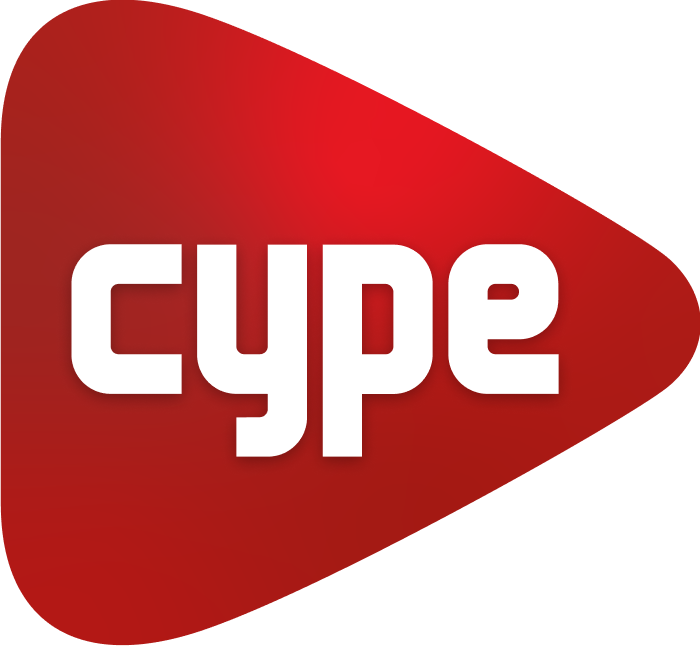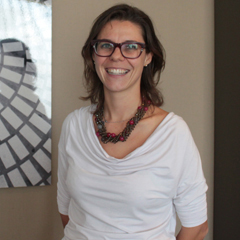What is the aim of the Holisteec project?
The aim of this European project is to develop a technology platform that can be configured as a single point where the different modelling parts of any job related to architecture, engineering and construction can be brought together, thus enabling, facilitating and guaranteeing the interrelation between all these parts and between the different professionals involved in it. For example, Holisteec will instantly link the engineering work of a project with the acoustic or thermal aspects, simulating the designs of these models and verifying whether they comply with the legal and energy requirements set by current regulations. This way, the platform will help architects and designers in integrating all the work that is normally carried out by several people in a totally independent way.
What do you consider to be the main advantage of this new platform you are planning to develop?
That it will allow the linear design process (from pre-design to implementation) to be replaced by a loop-based process, that will incorporate more details at each stage, allowing mutual interactions between different domains to be analysed.
Will this platform work in the cloud?
Yes, users won't have to store anything on their computers as they'll be able to work in the cloud with a single model, working with different versions in an integrated way. This means that, if the architect, for example, isn't the expert responsible for the structural part of the project, his or her design will be integrated with the corresponding structural design on the platform. Everything will be done instantly and integrally, so if any work carried out by the different professionals needs to be modified in order to adjust the analyses, all the professionals involved will be able to see it instantly and work directly on these points to be improved.
What is the current status of the project (October 2015)?
We're halfway through the project. It will take 48 months and we are currently in its 25th month. We've started to test some of the new platform's features and, although the platform isn't ready yet, we have defined and designed the architecture it will contain, so we'll start implementing it soon.
What role will BIM technology play in this research project?
This is a really important point. It's the basis of our development. In this respect, the platform isn't about creating a new program based on BIM technology. Professionals all over Europe are currently using their own BIM software, so the platform created in the Holisteec project will be able to interpret all the output (work) carried out in the original program without the need to install other software, as well as provide the necessary data to develop and extend the project, instantly providing more added value. Among this added value, the information provided by all the participants can be compared, checking if the work and designs entered by the different professionals are accurate. The project will be improved in a coordinated manner and the best option will be chosen. Moreover, as I mentioned earlier, professionals won't need to learn how to use this platform as its use will be very simple and intuitive.
You've mentioned incorporating information and data into the platform. Are you planning on incorporating the different regulations of each European country in order to carry out the projects?
We'd like to create a platform for submitting projects in all European countries so that a worker in, say, Finland, can develop and submit projects in other countries via this platform. There are certainly differences between each country's standards and we are looking into the possibility of integrating them in order to make professionals' work easier and to avoid having to review the project once it has been carried out with other tools that can ensure that the regulations are complied with.
What difficulties are you facing in this project?
One issue, that is also a virtue, is that we are 19 partners that specialise in different areas, which makes it tough to work together as there are companies specialised in architecture, engineering and design, and software developers that speak their own language. Therefore, the first year of work has involved "translating" the languages we all speak in order to combine them and set our objectives. We have already passed this phase and are currently facing the difficulty of integrating the software into the whole system-platform that we want to create.
From a platform marketing point of view, are there companies interested in a quick development of the platform?
We're aware that there are three companies that would like to test the results of this project as soon as possible. However, we're currently in the start-up phase and still need to take our time. I think we'll have to wait about two years for this platform to be commercialised.
What kind of companies will be most interested in using this platform?
I think the platform will be ideal for small and medium-sized companies, as large companies tend to be more closed-minded due to the pressure they are under. On the other hand, small and medium-sized companies are more willing to learn new procedures and skills, so they could be the first to take the plunge and use this technology more generally.

